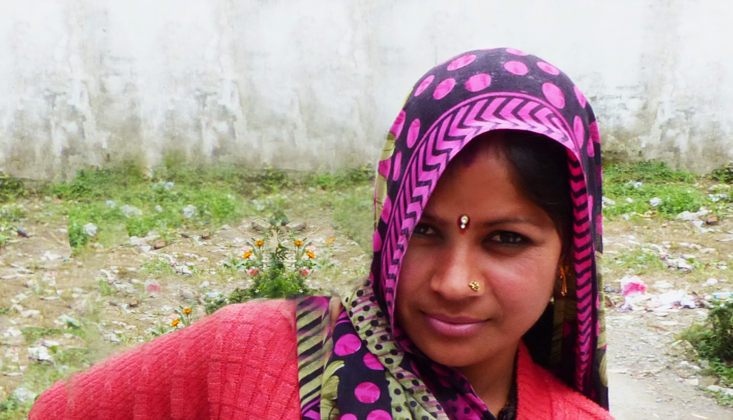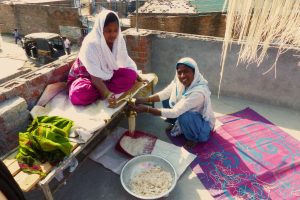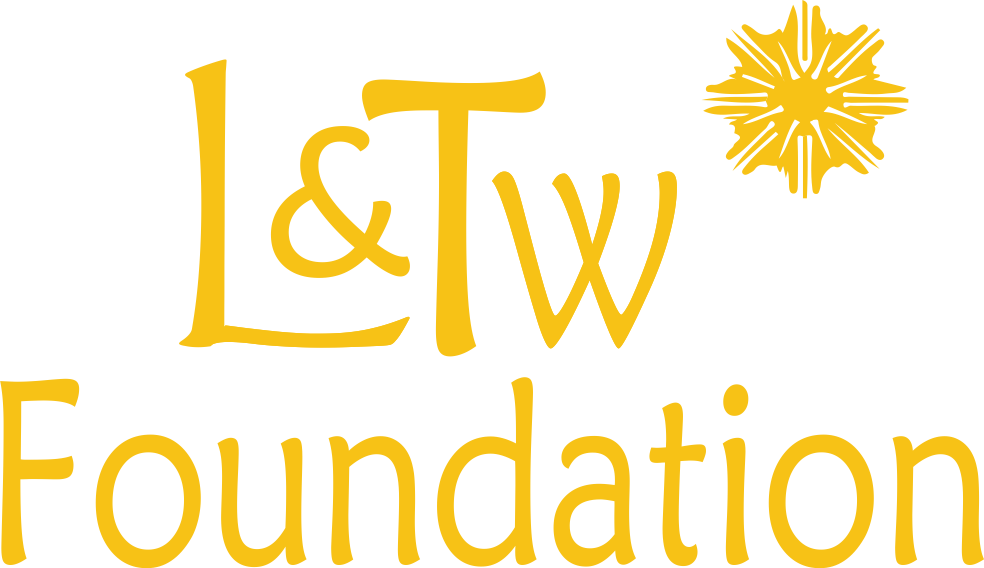
WOMEN EMPOWERMENT
Our goal is to promote gender equality and empower women and girls by providing them access to equal opportunities such as education, jobs and healthcare, which will enable them to take responsibility for their own development and their families.
”When you educate a boy, you educate one individual, when you educate a girl you educate a nation”.
Larry Summers, Harvard´s Professor.
Women will change the face of India
-Each year of education after Grade III will increase a woman´s earnings by 15%, which will be translated into a better provision of food and a reduction of hunger and poverty.
-An increase of 1% in the number of girls who have completed secondary education boosts annual per capita income growth by 0.3% which definitely would reduce national poverty.
-An empowered woman will make safer choices for her and her family, being more likely to marry at a later age and keep the family size small, eat more vegetables, drink clean water and vaccinate their children.
-When women work, they invest 90 percent of their income back into their families, compared with 35 percent for men.[1][2]
-A child born to an educated mother is more than twice as likely to survive to the age of 5 as a child born to an uneducated mother[3] and twice as likely to complete secondary school.
-When women are empowered and have an income, they may have more bargaining power at home. This in turn can help reduce their vulnerability to domestic violence and HIV infection, as well as general discrimination and exploitation.
A better India for our women must happen NOW
Though advances have been made in terms of achieving equal enrollment rates for both, boys and girls, at the primary school through the Right to Education Act, already at middle and high school the gender gap persists in completion and enrollment rates.
Furthermore, the rates of selective abortions of female fetus in India have substantially increased, in 2011, 918 girls born for every 1,000 boys according to a study published by The Lancet . Thus, the United Nations Population Fund calculates that every year, 400,000 Indian girls go “missing”; numbers that reflect a deep cultural bias against girls , since they are often seen as a financial burden because of their dowry and the fact that women are considered lost when they marry.
In the same vein, 45% of Indian girls are married before the age of 18[4], out of which, 30% have had at least one child by that age, issue inevitably linked to the 50,000 maternal deaths that have been recorded in 2010 (UN Population Fund). On the top of that, a research from Unicef in 2012 found that 52% of adolescent girls (and 57% of boys) think it is justifiable for a man to beat his wife.
On the economic field, things don´t go better for women, India ranks 114 out of 142 (below poorer nations such as Bangladesh [68] or Sri Lanka [79]) in the overall index in WEF’s The Global Gender Gap Report 2014, which benchmarks gender gaps on economic, political, education and health-based criteria, being its female to male ratio in labor force participation that of 0.36.
L&TW with the Women Empowerment
WOMEN EMPOWERMENT refers to the creation of an educational, social, economic and political environment for women where they can grow and make their own decisions for their personal interest as well as for the society.
In L&TW we believe in Women as keystone for for building healthier, more educated, peaceful and prosperous societies. For that reason, we strive through or programs to give women back their status and their rights, so they can regain control of their lives and take their place back in the community.
WHAT WE DO
-Advocate for gender equality through education, coaching and social awareness activities.
-Provide vocational and skills training to disadvantaged women, helping them to become self-reliant and increase their family incomes.
–Encourage them , once finish their training, to keep learning the basics in literacy, numeracy, English, computer and information skills, for them to become absolutely independent and free from exploitation.
-Promote the creation of self-help associations of women as a mean to encourage women´s confidence and their participation in society, as well as a way to nurture deeper community bonds and circles of support, which will help to their sustainable development.
-Grant support and counseling to women who have suffered discrimination or violence in their communities or their core families and providing them with strategies to avoid and face such situations.
Index of References:
[1] http://www.un.org/en/ecosoc/phlntrpy/notes/clinton.pdf
[2] Rubalcava, Luis, Graciela Teruel, and Duncan Thomas. 2009. “Investments, Time Preferences, and Public Transfers Paid to Women.” Economic Development and Cultural Change 57 (3): 507–38
[3] Save the Children. September 2009. http://www.savethechildren.org/newsroom/2009/rtf-threeyears.html.[/vc_column_text][/vc_column][/vc_row]
[4] International Center on Research for Women. District-level Study on Child-marriage in India. http://www.icrw.org/sites/default/files/publications/District%20level%20study%20on%20Child%20Marriage%20in%20India.pdf

